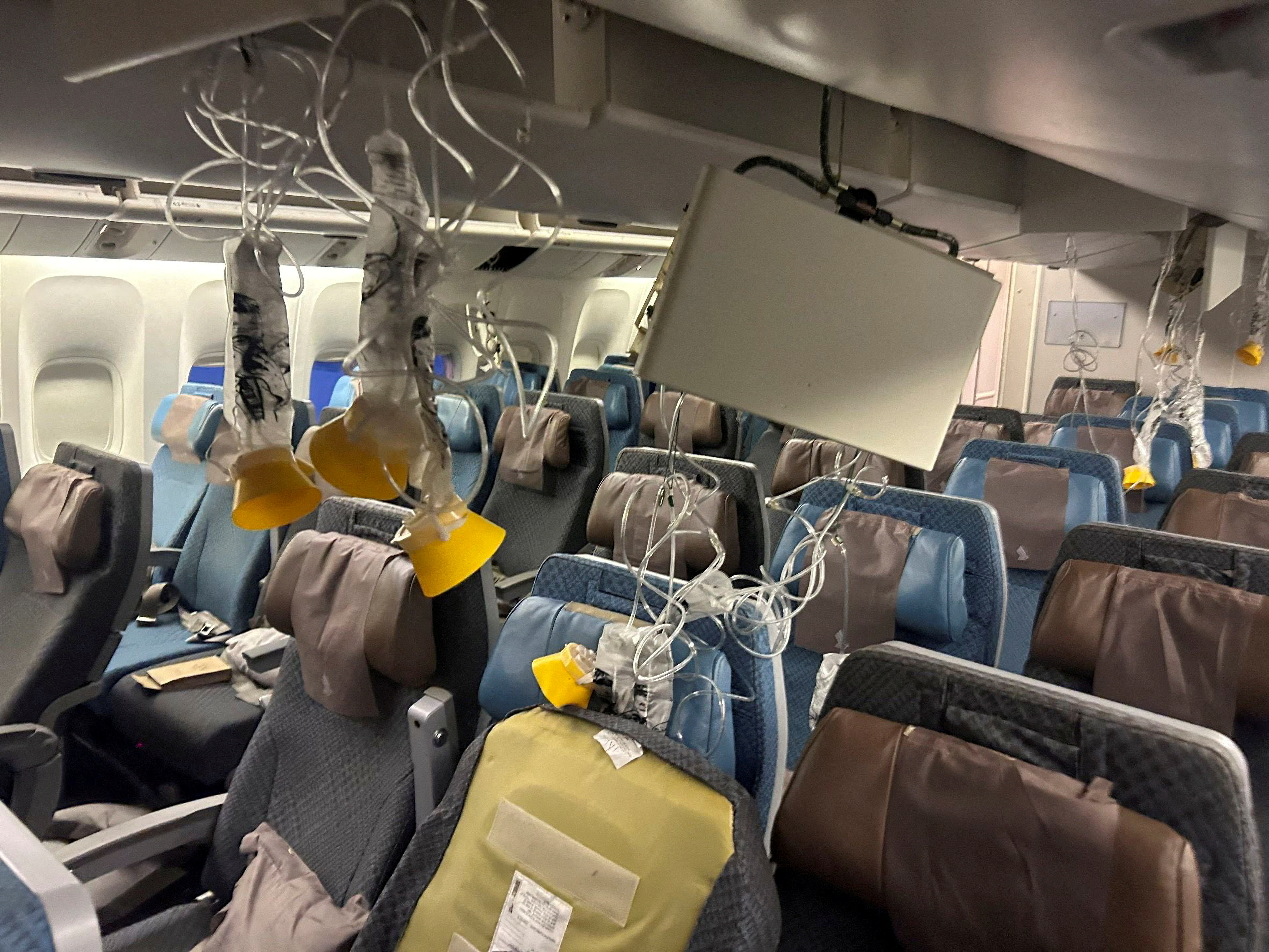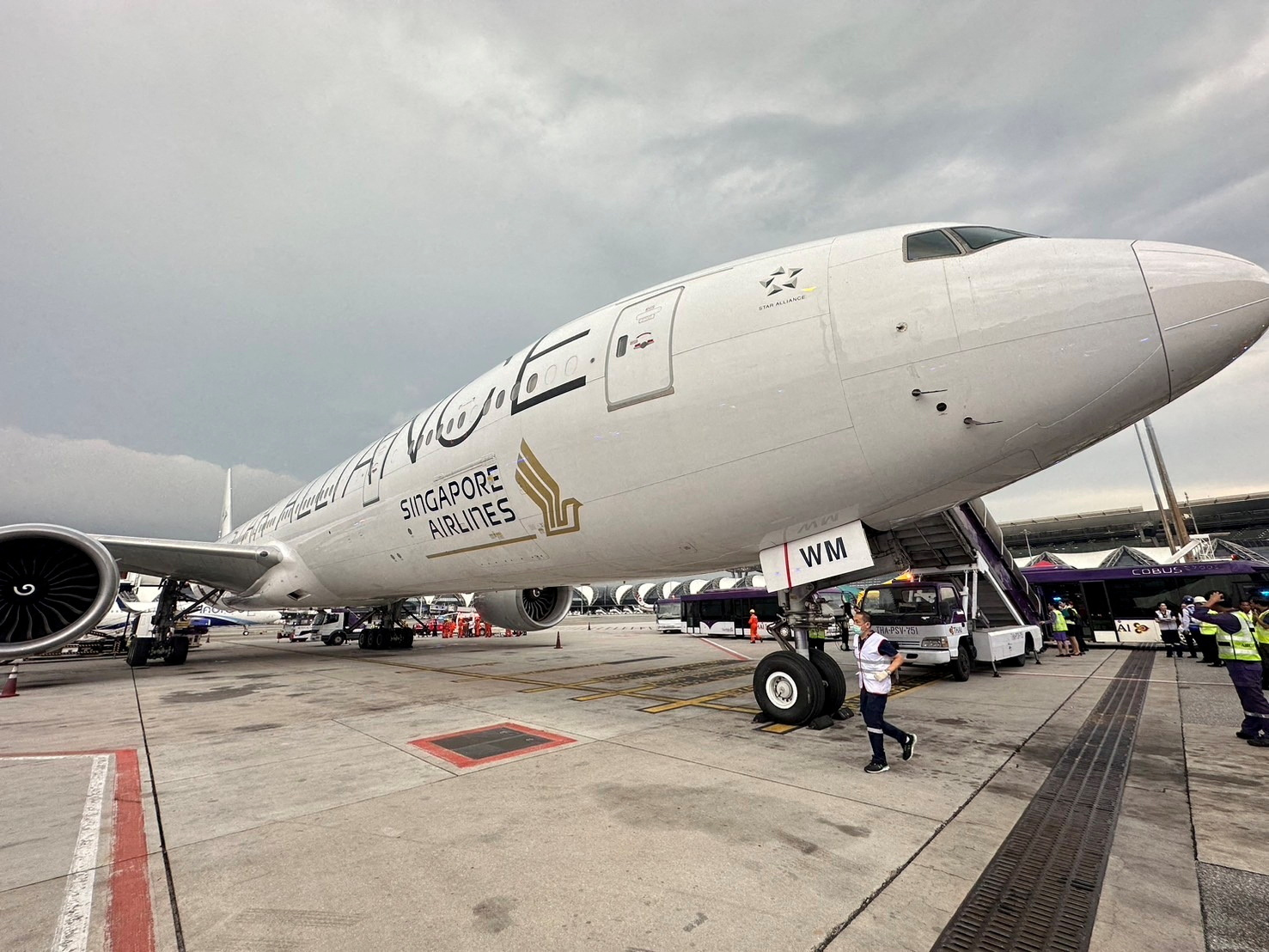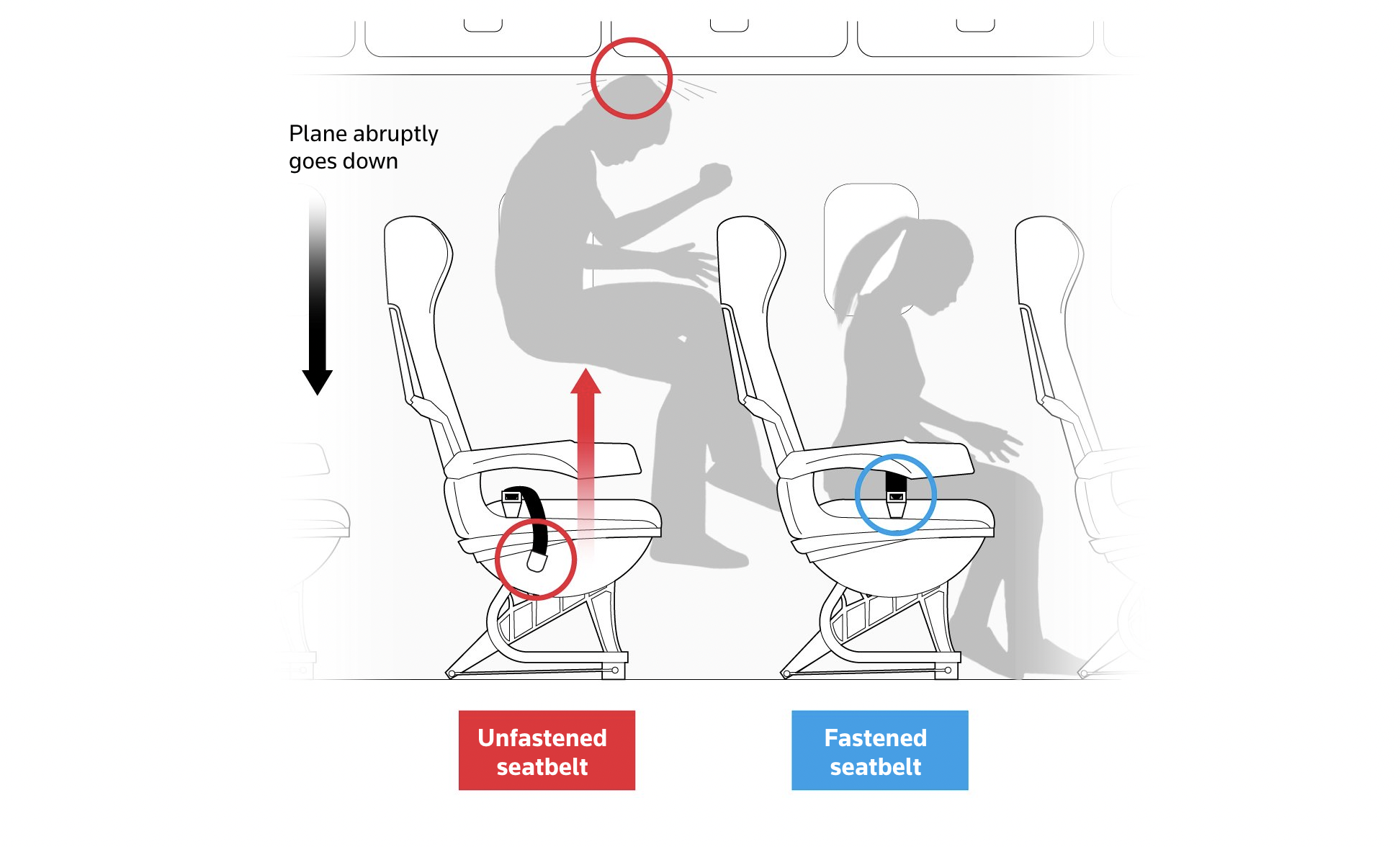Singapore Airlines' Deadly Turbulence Incident A Chilling Reminder About Seatbelt Safety
Keep it fastened at all times.
Recently, a Singapore Airlines flight from London encountered severe turbulence, resulting in the death of one passenger and multiple injuries
While the pilots' quick thinking and skilful manoeuvring were praised for ensuring a safe emergency landing in Bangkok, ultimately saving 228 people aboard flight SQ321, the incident serves as a chilling reminder of the dangers of turbulence, especially for passengers who are not wearing seatbelts.
The Boeing plane, carrying 211 passengers and 18 crew members, the plane was battered by turbulence, flinging passengers and crew around the cabin and slamming some into the ceiling.
The deadly incident underscores the importance of keeping the seatbelts fastened even when the sign is off, said Captain David Wallsworth, an experienced pilot with British Airways.
"I always wear mine at all times when I am a passenger and also when on my 'breaks' on multi-crew trips. It isn't an inconvenience and I struggle to understand why people are in such a rush to unfasten their belts in flight. You wouldn't do so in a car when you got to the motorway at cruising speed, would you?" he said.
The interior of Singapore Airlines flight SQ321 is pictured after an emergency landing at Bangkok's Suvarnabhumi International Airport, Thailand, 21 May.
Image via ReutersAdditionally, the impact of climate change on turbulence has been significant, with severe turbulence increasing by 55% since the 1970s
The skies today are far bumpier, with clear air turbulence posing a significant threat due to its unpredictable nature. Even in calm conditions, turbulence can strike unexpectedly, reported Scientific American.
According to the US Federal Aviation Administration (FAA), which cites turbulence as the leading cause of injuries to flight attendants and passengers in nonfatal accidents on commercial airlines, there were some 30 passengers and 116 crew members who were seriously injured due to turbulence from 2009 to 2021.
The Singapore Airlines plane, which was involved in the deadly turbulence incident, faced severe weather conditions during its flight from London.
Image via Pongsakornr Rodphai/Handout via ReutersGiven this, Singapore Airlines has decided to implement stricter cabin protocols, including its in-flight seatbelt policy, during turbulence
In a statement to Singapore broadcaster CNA, the airline said that it's taking a "more cautious approach" to managing turbulence, including halting meal service when the seatbelt sign is switched on, in addition to the suspension of hot drinks. Crew members will also return to their seats and strap themselves in.
While the airline is not requiring passengers to wear seatbelts at all times regardless of flying conditions, Singapore Airlines said that it is reviewing its processes to prioritise safety.
Reuters reported that the airline has also altered at least one flight route after the turbulence incident.
To reiterate, keep yourself safe by keeping your seatbelt fastened whenever seated, even during seemingly smooth flight phases


